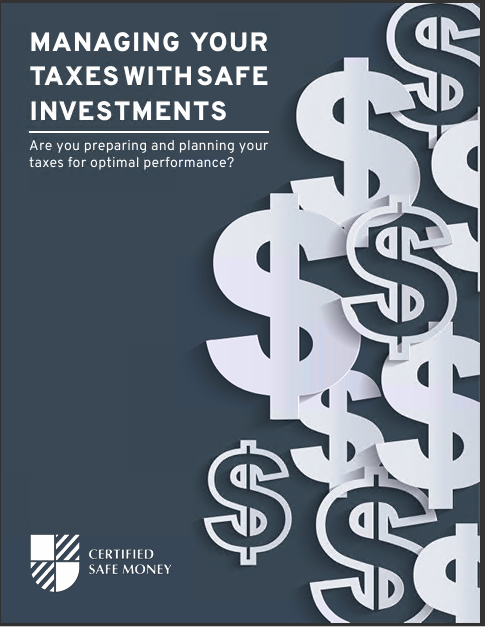Low-Risk Investments for Today’s Uncertain Times: Exploring Safe Money Options
Key Takeaways:
- Low-risk investments prioritize capital preservation and stability, making them ideal for investors navigating uncertain economic environments.
- Common low-risk options include bonds, certificates of deposit (CDs), money market accounts, and treasury securities, each offering unique features and benefits for investors seeking safety and income.
In times of economic uncertainty, finding safe investment options becomes paramount for investors looking to protect their capital while still generating returns. Low-risk investments offer a haven for such investors, providing stability and peace of mind amidst market volatility. In this article, we’ll delve into various low-risk investment options, exploring their features, benefits, and suitability for different financial goals.
Introduction: Navigating Financial Uncertainty with Low-Risk Investments
As economic landscapes continue to shift and markets exhibit increased volatility, investors are turning to low-risk investment options to safeguard their capital. In this article, we’ll explore the concept of low-risk investments, their importance in today’s uncertain times, and various strategies to identify and capitalize on safe money options.
What Are Low-Risk Investments?
Low-risk investments, also known as safe investments or conservative investments, are financial instruments that prioritize capital preservation and stability over high returns. These investments typically offer lower potential returns compared to riskier assets but provide a higher level of security and predictability. Common examples include bonds, certificates of deposit (CDs), money market accounts, and treasury securities.
Why Invest in Low-Risk Options During Uncertain Times?
In times of economic uncertainty, low-risk investments play a crucial role in protecting investors’ capital from market downturns and volatility. Here are some reasons why investors turn to low-risk options during uncertain times:
- Capital Preservation: Low-risk investments prioritize the preservation of capital, making them ideal for investors seeking to minimize losses during market downturns.
- Stability and Predictability: Unlike volatile assets such as stocks, low-risk investments offer stability and predictability, providing investors with peace of mind amid turbulent market conditions.
- Income Generation: Many low-risk investments, such as bonds and dividend-paying stocks, offer steady income streams in the form of interest payments or dividends, making them attractive options for investors seeking regular cash flow.
- Diversification: Including low-risk investments in a diversified portfolio can help reduce overall portfolio risk by offsetting potential losses from higher-risk assets.
Exploring Safe Money Options: A Guide to Low-Risk Investments
Now that we’ve covered the importance of low-risk investments, let’s explore some common options available to investors:
- Bonds: Bonds are debt securities issued by governments, municipalities, or corporations to raise capital. They typically offer fixed interest payments, making them attractive for investors seeking steady income. Examples include government bonds, municipal bonds, and corporate bonds.
- Certificates of Deposit (CDs): CDs are time deposits offered by banks and credit unions with fixed terms and interest rates. They offer a guaranteed return of principal plus interest, making them a low-risk option for savers. However, early withdrawal may result in penalties.
- Money Market Accounts: Money market accounts are interest-bearing deposit accounts offered by banks and credit unions. They typically offer higher interest rates than traditional savings accounts while providing liquidity and stability.
- Treasury Securities: Treasury securities, issued by the U.S. Department of the Treasury, include Treasury bills (T-bills), Treasury notes (T-notes), and Treasury bonds (T-bonds). They are considered among the safest investments globally, backed by the full faith and credit of the U.S. government.
Key Questions About Low-Risk Investments
- What Are the Best Low-Risk Investment Options for Retirement?
- Retirement investors often prioritize capital preservation and income generation. Bonds, dividend-paying stocks, and annuities are popular low-risk options for retirement portfolios.
- How Can I Identify Secure Investment Strategies for Beginners?
- Beginners should focus on building a diversified portfolio with a mix of low-risk and higher-risk assets. Dollar-cost averaging, asset allocation, and periodic portfolio rebalancing are key strategies for novice investors.
- Are There Any Low-Risk Investment Options with High Returns?
- While low-risk investments typically offer lower returns compared to riskier assets, some options, such as dividend-paying stocks and certain bond funds, may provide relatively higher yields without significantly increasing risk.
Conclusion: Building Financial Stability with Low-Risk Investments
In uncertain times, prioritizing capital preservation and stability is paramount for investors. Low-risk investments offer a safe haven for investors seeking to protect their wealth while still generating modest returns. By understanding the characteristics and benefits of various low-risk options, investors can build resilient portfolios that withstand market volatility and provide financial security for the future.
Contact Information:
Email: robertgay@credkeeper.com
Phone: 8777993433













